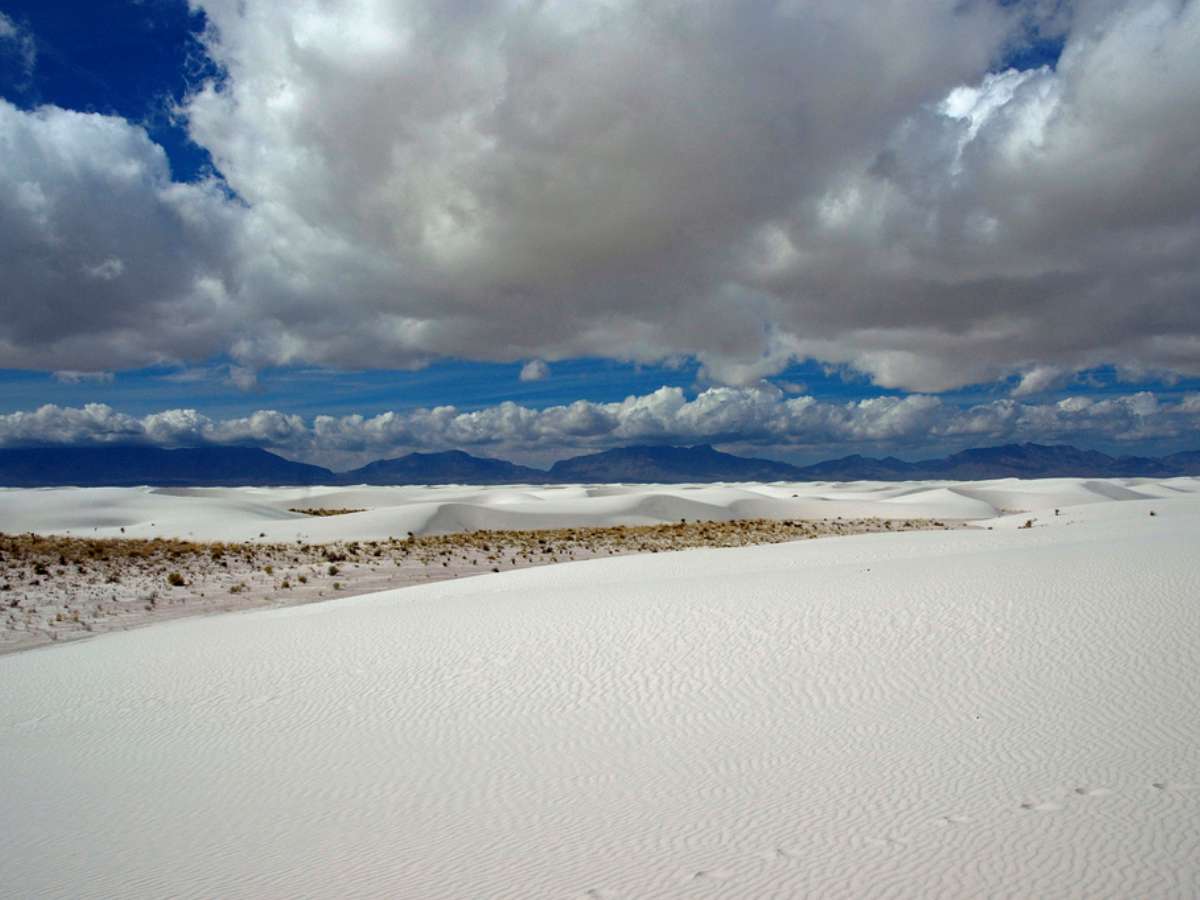If you’ve ever lived in or visited Arizona, New Mexico, or other areas in the desert Southwestern United States, then you’ve probably come to understand a bit about what dry heat is.
But what EXACTLY is it?
Is dry heat REALLY even dry?

I’m going to break down for you exactly what a dry heat is — and help you understand what makes it feel so dry.
So What Exactly Is Dry Heat?
Okay, so you know that a 90-degree day in Arizona probably doesn’t feel as hot as a 90-degree day in Florida.
But why is that?
Well, let’s get to the bottom of this dry heat issue right away: humidity (or lack thereof) makes or break a day with dry heat.
Oh, So Dry Heat Has To Do With Humidity…
Yep, that’s right. But, let’s go a bit further. The dryness of a dry heat is actually relative. In other words, even in a dry heat, you normally have some humidity. Just not as much humidity as you might feel in other regions, though.
You see, what makes a hot day feel even hotter is when humidity levels climb.
The higher the humidity gets, the ‘muggier’ (or stickier) it feels outdoors. Humid days are notorious for causing bad hair days (when hair gets really frizzy).
The higher the humidity is, the more moisture there is in the air. So, therefore, the wetter the air is.
See where we’re going with this now?
So It’s Simply A Hot Day With A Relatively Low Amount Of Humidity?
Now you’re catching on! Exactly — a dry heat is really just a hot day occurring in an area where the humidity is relatively low.
As you’d guess, the desert Southwest is an arid (very dry) region, where rain scarcely falls. So it makes sense that such an arid part of the nation would also be known for its dry heat.
However, even in relatively moist places like Florida, you can feel a dry heat.
During the middle fall, when cold fronts start to sweep through the Sunshine state, temperatures don’t drop a whole lot, but the humidity does.
It’s very possible to enjoy an 85-degree day in October in Florida where, with humidity factors some days of only 20 percent or 30 percent, it can feel nearly as dry and comfortable as it might in Arizona.
That, of course, dispels the myth that a dry heat can only be felt in the desert regions.
Why A Dry Heat Is Important To Your Health
As you’re seeing here, a dry heat can be a great thing. If you like it warm but not too muggy, then living in a place where dry heat occurs frequently (like in the desert) may be a good idea for you.
It’s no surprise that the desert Southwest has been a popular retirement hot spot (literally!) for decades. For many people, high humidity is more than just uncomfortable — it can affect health conditions.
Many people need dry air to stave off joint pain related to osteoporosis and arthritis.
Exercising in humid, hot air can make it harder for sweat to evaporate, so being physically active outdoors in regions where humidity creeps up can be truly oppressive. Therefore, drier climates are a better place for keeping up the outdoor health regimen.




